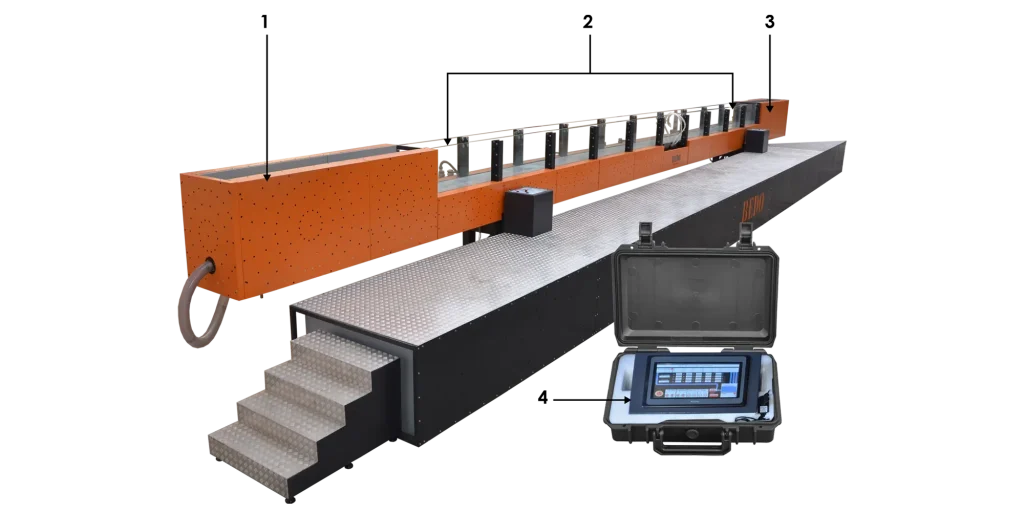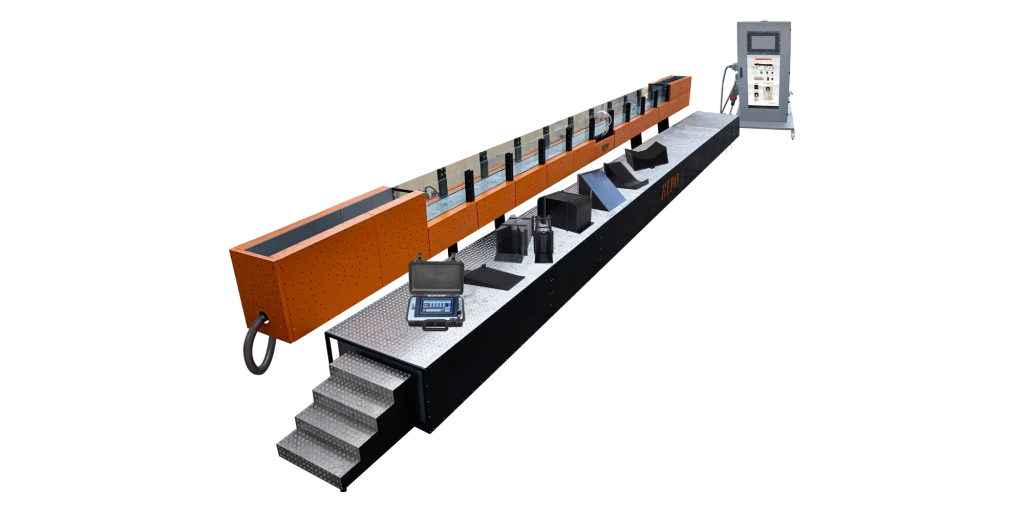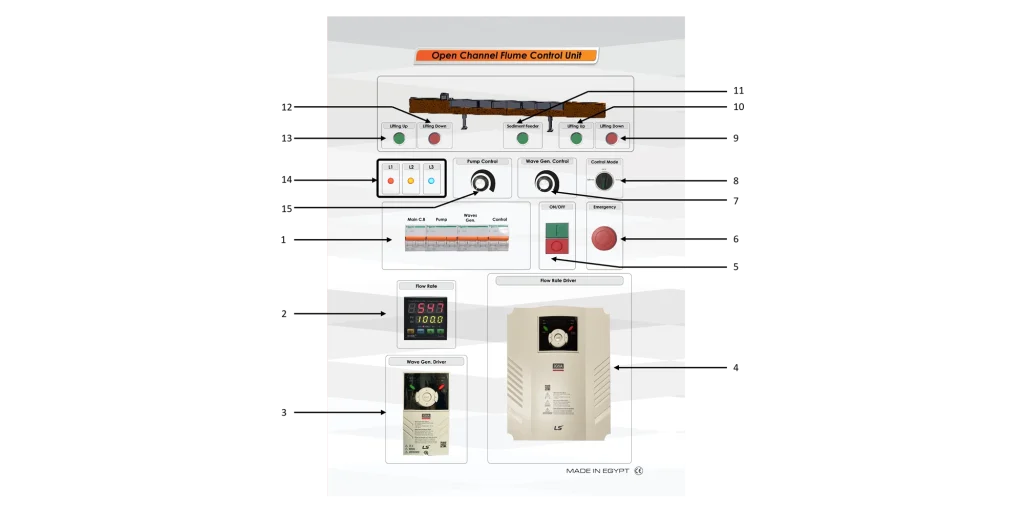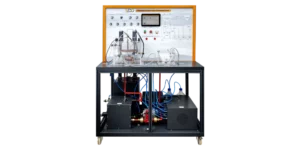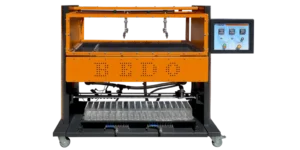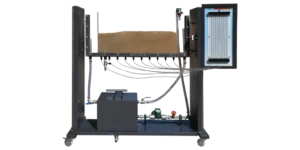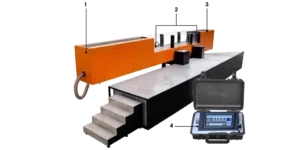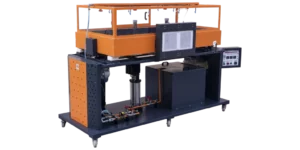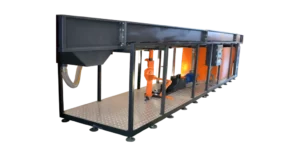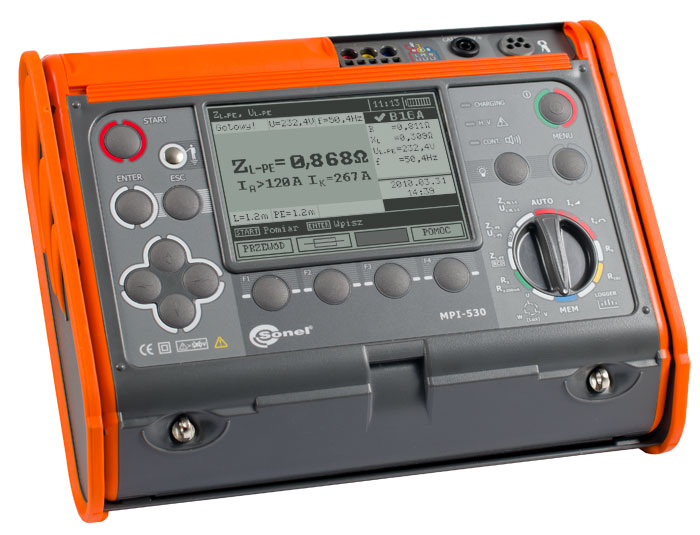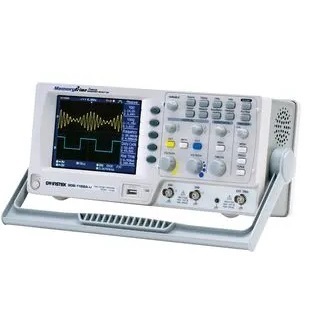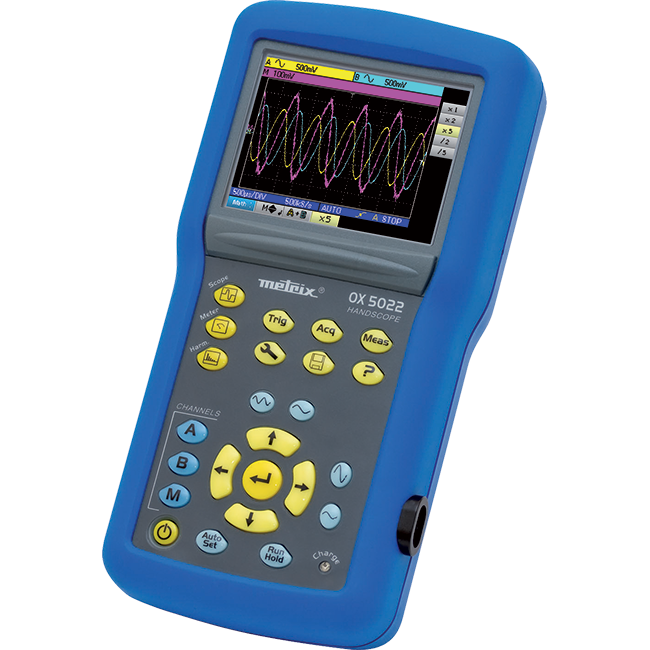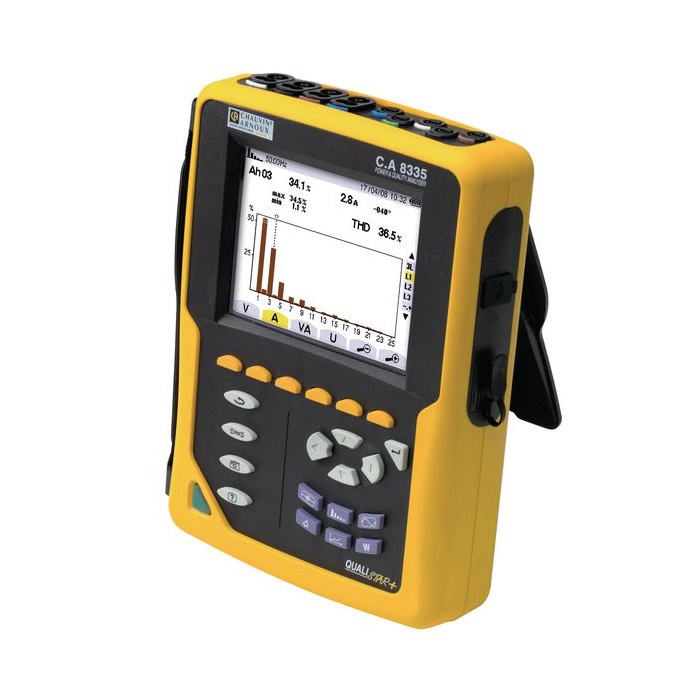Opis
Symulator kanału otwartego (HI100) został zaprojektowany w celu zilustrowania podstaw wymaganych do zrozumienia zmian przepływu w kanale otwartym podczas powodzi i obliczenia zrzutu na zaporach. Trenażer oferuje szeroki zakres eksperymentów, ponieważ jest to zintegrowany system edukacyjny, który składa się z dużego koryta i dużej liczby modułów eksperymentalnych, które można wstawić do koryta w celu wykonania wszystkich rodzajów ćwiczeń i zbadania profili wody wynikających z tych jazów. Trenażer jest dostarczany z oprogramowaniem do sterowania trenażerem i wykonywania pomiarów za pomocą jednostki zdalnego sterowania.
1. Wyłączniki 2. Natężenie przepływu 3. Sterownik generatora fal 4. Sterownik natężenia przepływu 5. Włącznik/wyłącznik sterowania 6. Wyłącznik awaryjny. 7. Sterowanie prędkością generatora fal 8. Tryb sterowania 9. Podnośniki w dół 10. Podnośniki w górę 11. Podajnik osadów 12. Podnośniki w dół 13. Podnośniki w górę 14. Diody LED wskazujące działanie jednostki sterującej 15. Pokrętło regulacji prędkości pompy
